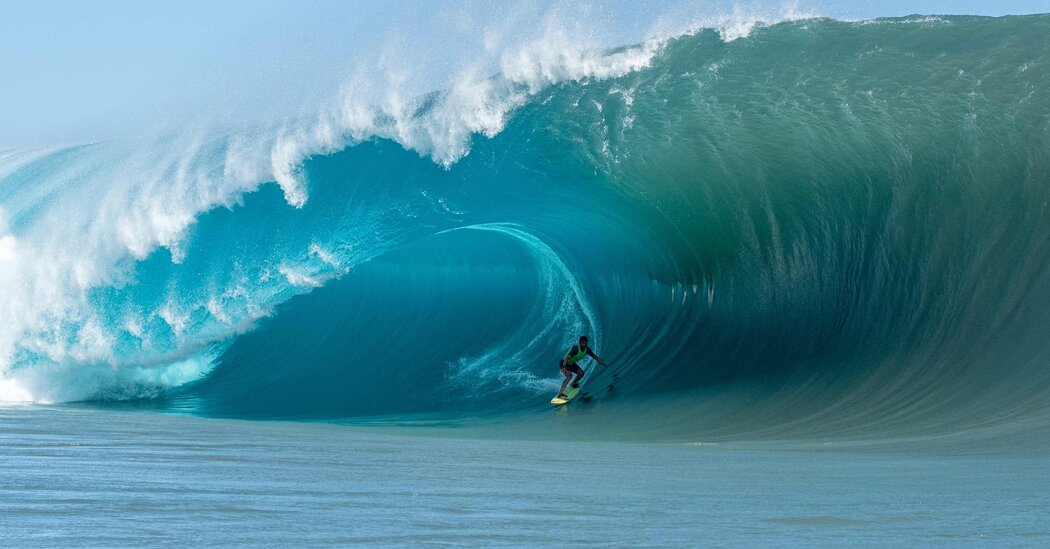I was catching up on some feature articles in magazines and newspapers recently, and came across this article from The New York Times that looks at the question of secret surf spots.
This has been an ongoing debate for a long time. In fact, I wrote about this in my book Stories Behind the Images.
In my experience, I’ve found that most people have no problem sharing word-of-mouth information about some “secret” crag or wave with their friends, who then tell their friends and so on.
However, as soon as someone catches wind that a photo or article about their “secret” spot might appear in a magazine, all hell breaks loose.
Some questions must be considered: Are these fears rooted in some actual access issue, or are they just irrational xenophobia? Is the story worth it? And will the potential inspiration outweigh the potential backlash and ire?
All photographers, writers, and editors deal with these questions from time to time, especially when it comes to creating and publishing destination features.
One thing I’ve discovered is that most of the time, those initial fears ultimately reveal themselves to be completely silly. One article has never ruined an area, and in fact, often the opposite is true. Many times, introducing people to an area, and inviting them to experi- ence it for themselves, engages them and energizes them to protect it and care for it, even once they return home.
Surfing on the Lost Coast is just as wild today as it was when we were there many years ago. No wonder. Any place that requires a 10-mile hike across sand will never be overrun, simply because most people prefer the easier roadside experience.
From “The Lost Coast,” chapter 27 in my book “Stories Behind the Images”
The NYT article also has some insights from my friend Chris Burkard as well. It was super interesting to hear about his own experiences with this issue. From the article:
Some photographers have shifted their careers to respect local breaks. Chris Burkard, an outdoor photographer with 3.8 million Instagram followers, gained fame for photographs of extremely remote locations. It wasn’t his original plan: The Central Coast of California, where he’s from, is full of great waves — but ill will toward anyone photographing them.
“One of the reasons I was drawn to remote, wild places is I was so sick of dealing with things at home,” Burkard said, using an expletive, as he cited having his car vandalized and receiving death threats.
He and other photographers see no reason to name a location, even if it’s photographed.
“To me the mystery and anonymity of the surf experience is critical,” Burkard continued. “When I grew up seeing these remote beaches on the cover of Surfer, and all you were given was the name of a country, that was so cool. What started me wanting to do this as a career was literally that lack of information.”
This is a topic that has popped up in the rock climbing world as well. In a new bonus episode of The RunOut podcast, Andrew Bisharat and Chris Kalous talk to Sam Elias, a professional climber for The North Face, about this topic, gatekeeping, localism, and more.
What do you think? Do photographers have a responsibility when it comes to creating media, photography, and videos of “secret spots” in climbing or surfing? Share your thoughts in the comments!
